 According to FEMA, a single inch of floodwater can cause $26,807 in damages. Beyond financial harm, floods can pose risks of mold and structural damage to your facility – not to mention risk the safety of your food. Climate instability has made many cities more vulnerable to flooding through hurricanes and rising sea levels, so it makes sense to take precautions to protect your structure and limit potential damage. A Modern Restaurant Management report advises that outdoors, operators keep gutters clean and ensure that downspouts and exterior walls direct water away from the building so it doesn’t pool and seep below the foundation. Inspect and maintain the roof and windows to prevent leaks. Finally, using water detection devices placed near sump pumps can alert you to moisture and the start of flooding before it becomes a disaster. 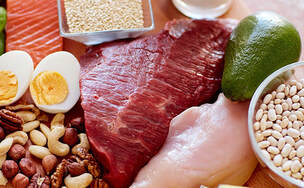 If you’re facing ice storms, snowstorms or other severe weather that could knock out your power this winter, you may be in the position of having to quickly take action to protect the food and beverage you’re refrigerating or freezing – and to determine what needs to be discarded. Don’t trust your nose or your taste buds in these situations, since they can’t necessarily detect when something is still fit to be consumed. You’ll be in a better place to salvage your food and beverage if you take steps in advance to store them in a way that enhances quality and freshness from the start. One tool that can help is the FoodKeeper app. Developed by the USDA's Food Safety and Inspection Service, with Cornell University and the Food Marketing Institute, the app (available for Apple and Android) lists optimal storage information for hundreds of items in your inventory. 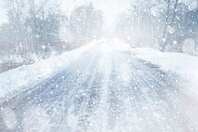 Extreme weather is becoming a way of life – and if you operate in a region that gets cold in the winter months, there is increased risk of challenges including power outages that can lead to food spoilage, supply delays, and damage to facilities. Ensure you have a supply of winter weather safety tools ready in case of a storm: Shovels, batteries, flashlights, ice melt, and non-perishable food items, for starters. Have your HVAC system inspected to avoid surprise problems during the winter. Insulate any exposed pipes in your building – particularly now that outdoor spaces have become year-round extensions of the dining room. If a sudden power outage occurs, ensure you have a back-up plan to save the food items you’re refrigerating. Now is also a good time to review your emergency plan to make sure contact numbers for staff, suppliers and servicepeople are up to date and kept not only in the facility but in locations that can be accessed if you can’t reach the restaurant in inclement weather. If you’re in a hurricane zone or have been experiencing an increase in extreme weather conditions in recent years, you’ve likely been making changes to your food safety and business continuity plans. Installing rooftop solar panels may help – in a number of ways. While the panels are more often associated with homes, they can provide businesses with extra risk protection and cost savings in case of power outages. And at a time when people are more concerned with their environmental impact, the use of renewable energy is a powerful way to share those values with guests. Does your kitchen team use gloves when preparing and serving food? They can give people a false sense of security when it comes to cleanliness, so make sure your employees follow the proper steps when wearing them. As Statefoodsafety.com says, gloves are not magic – they can become contaminated just like hands can – and they are never a substitute for hand washing. Change gloves every four hours (at least), after returning from a break and when moving to a new task. Wash hands before donning a new pair.
|
subscribe to our newsletterArchives
April 2024
Categories
All
|

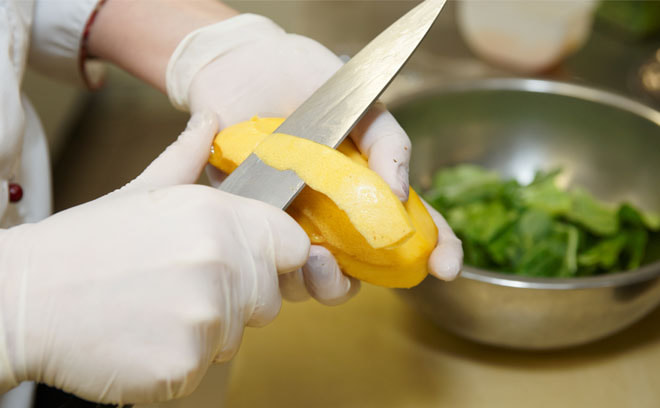
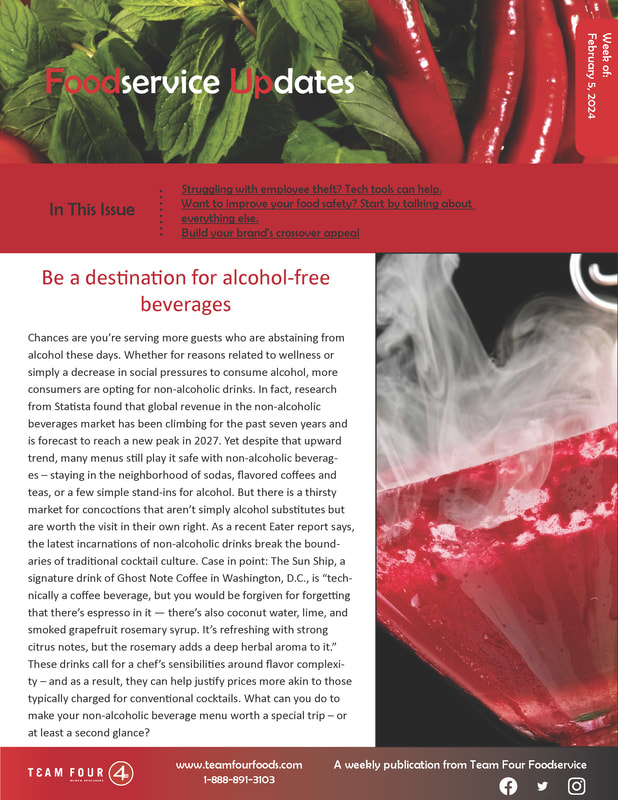
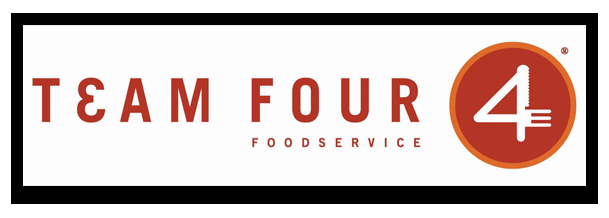
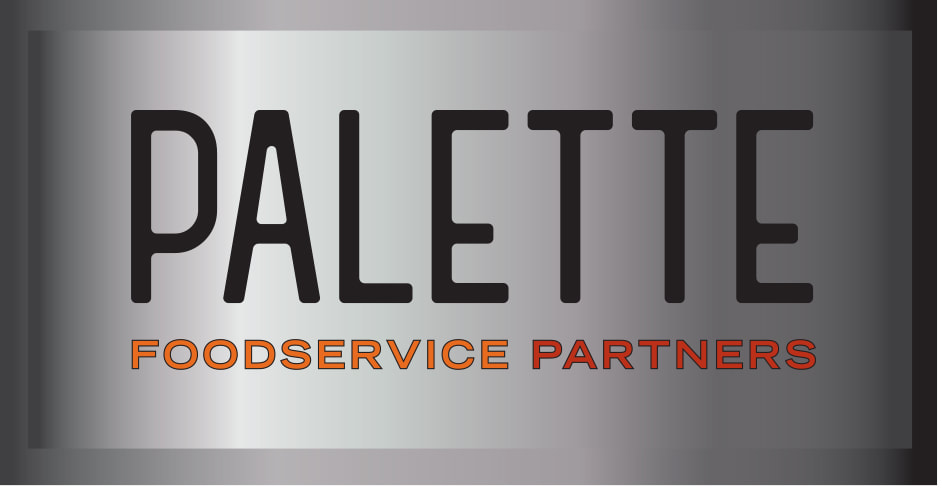
 RSS Feed
RSS Feed